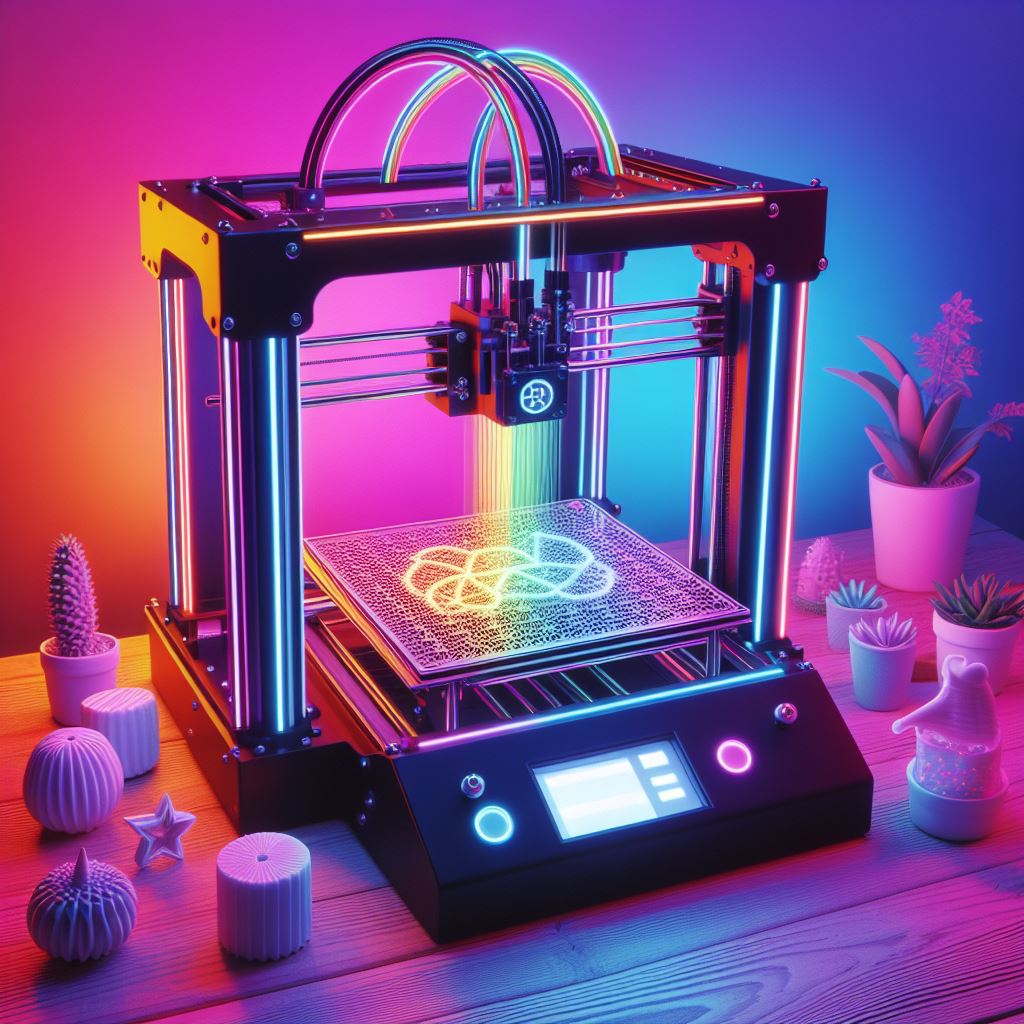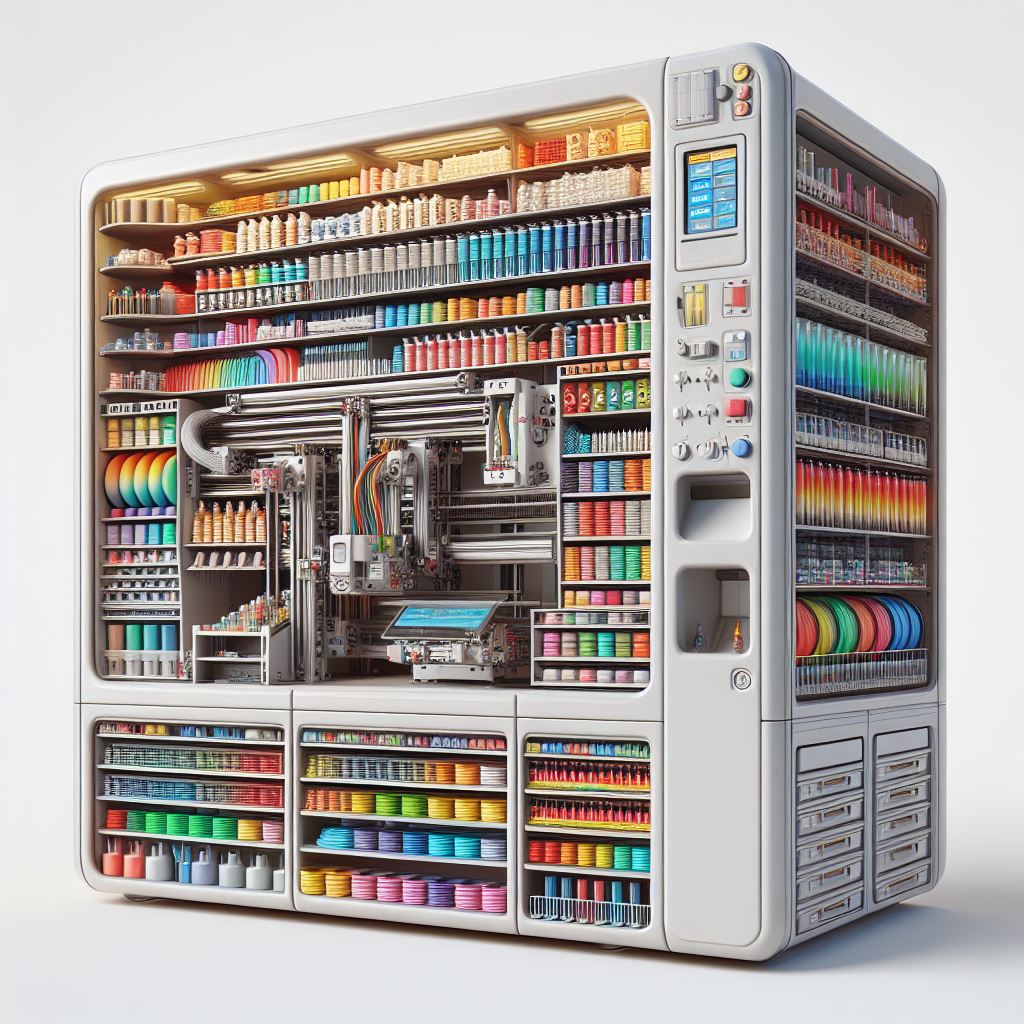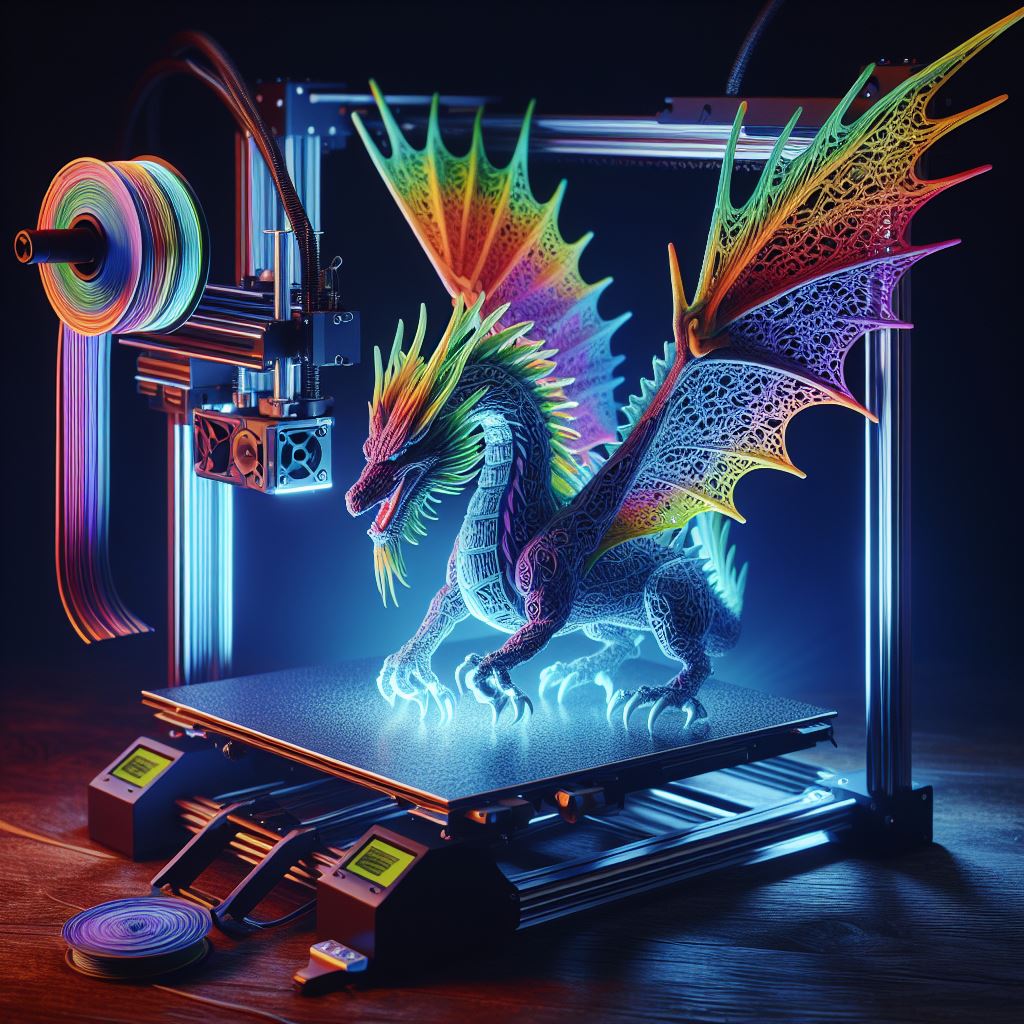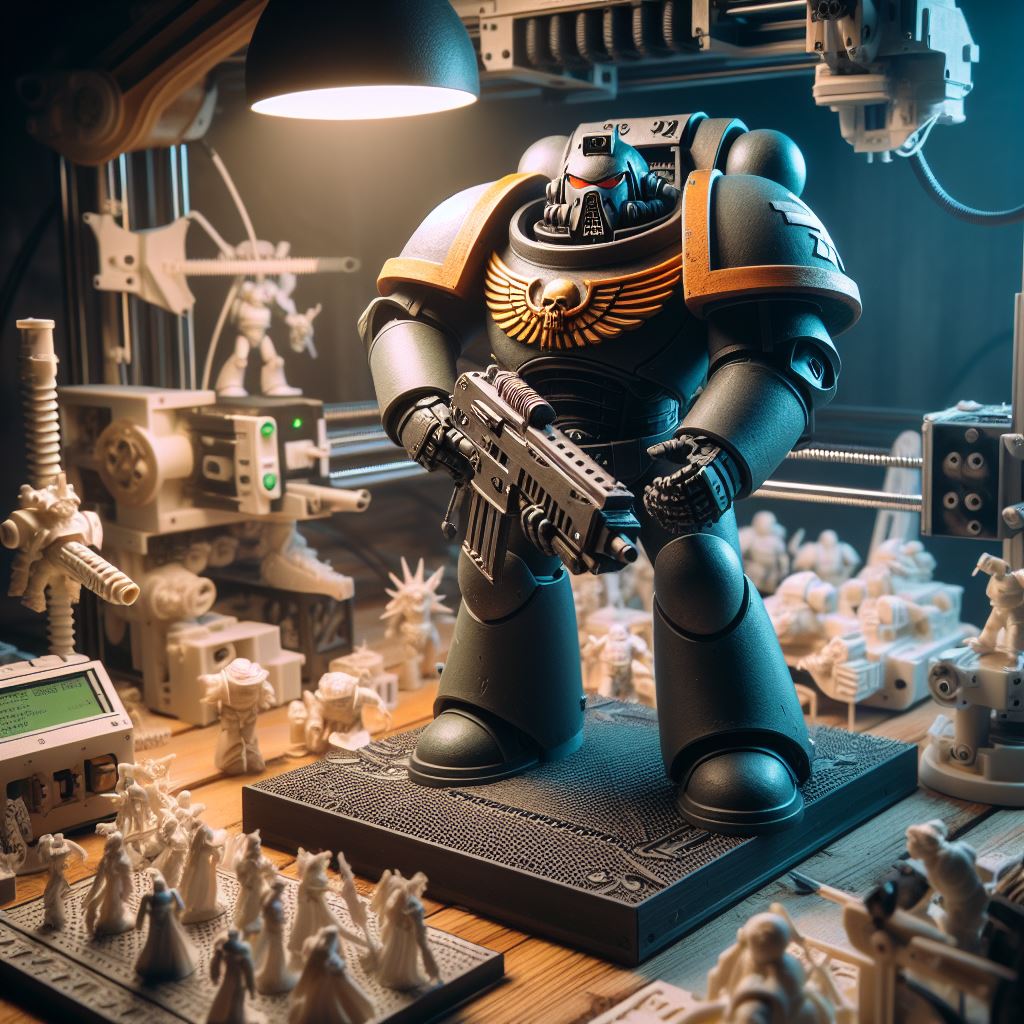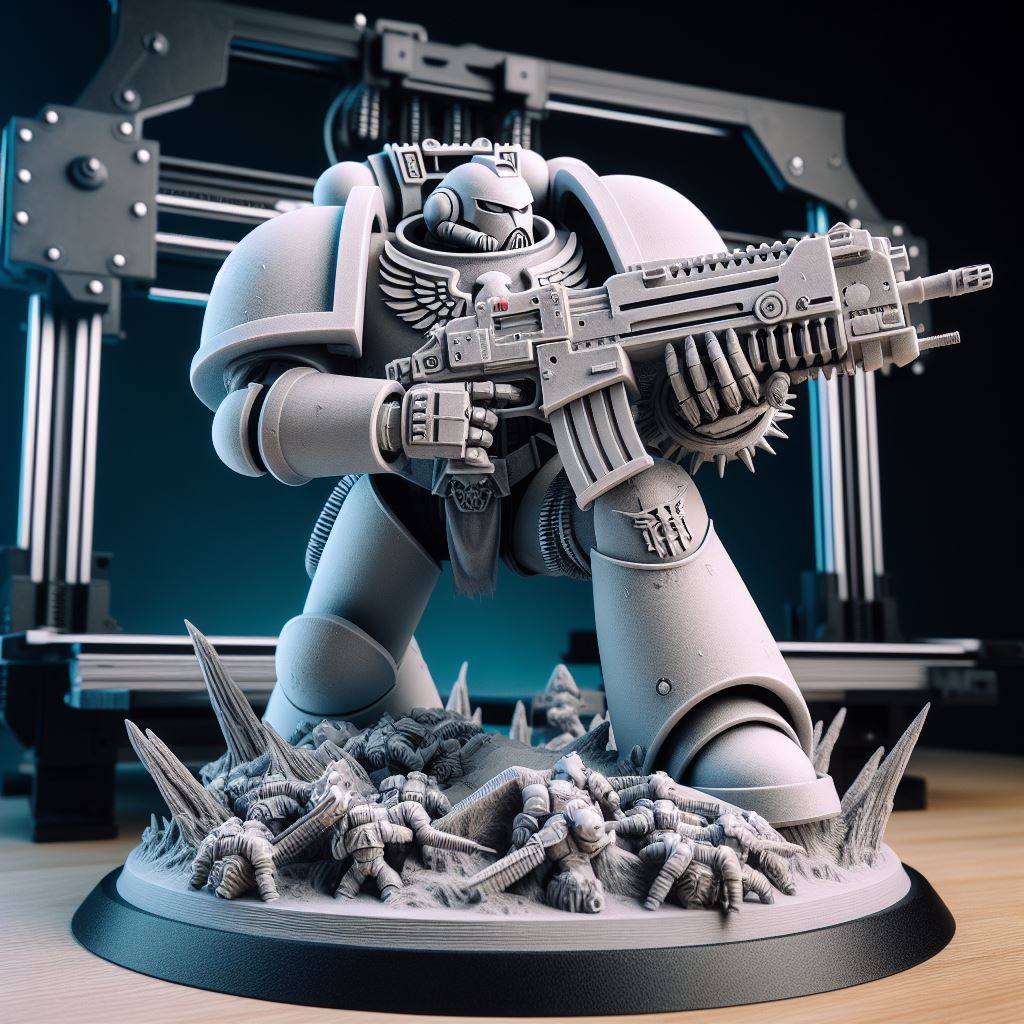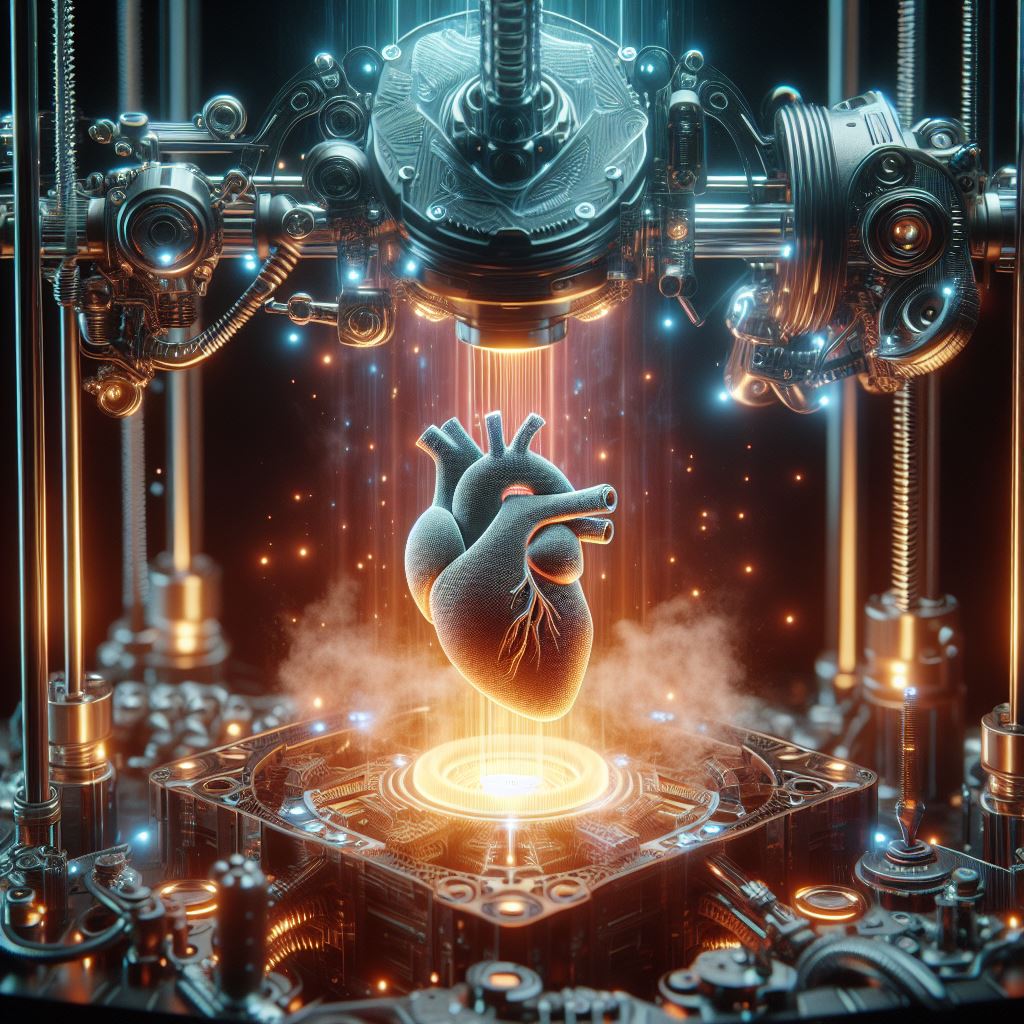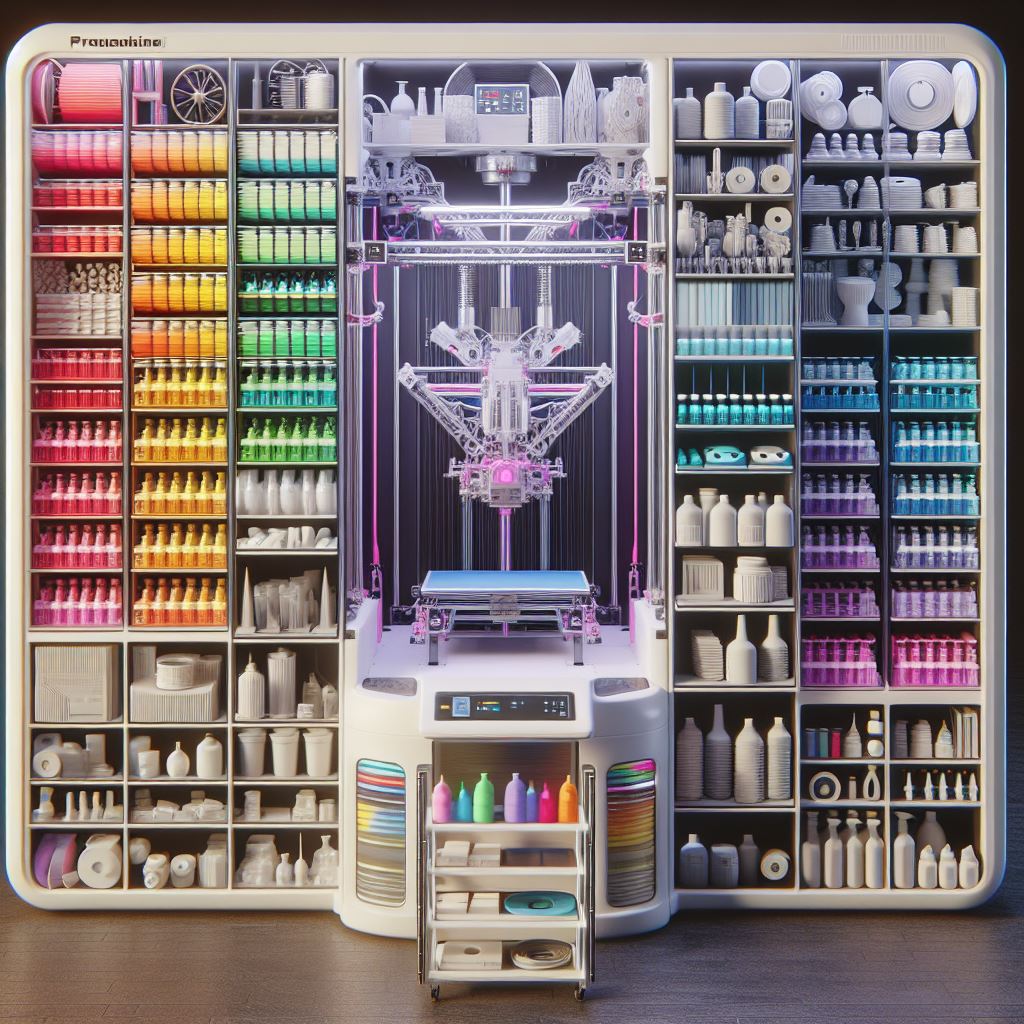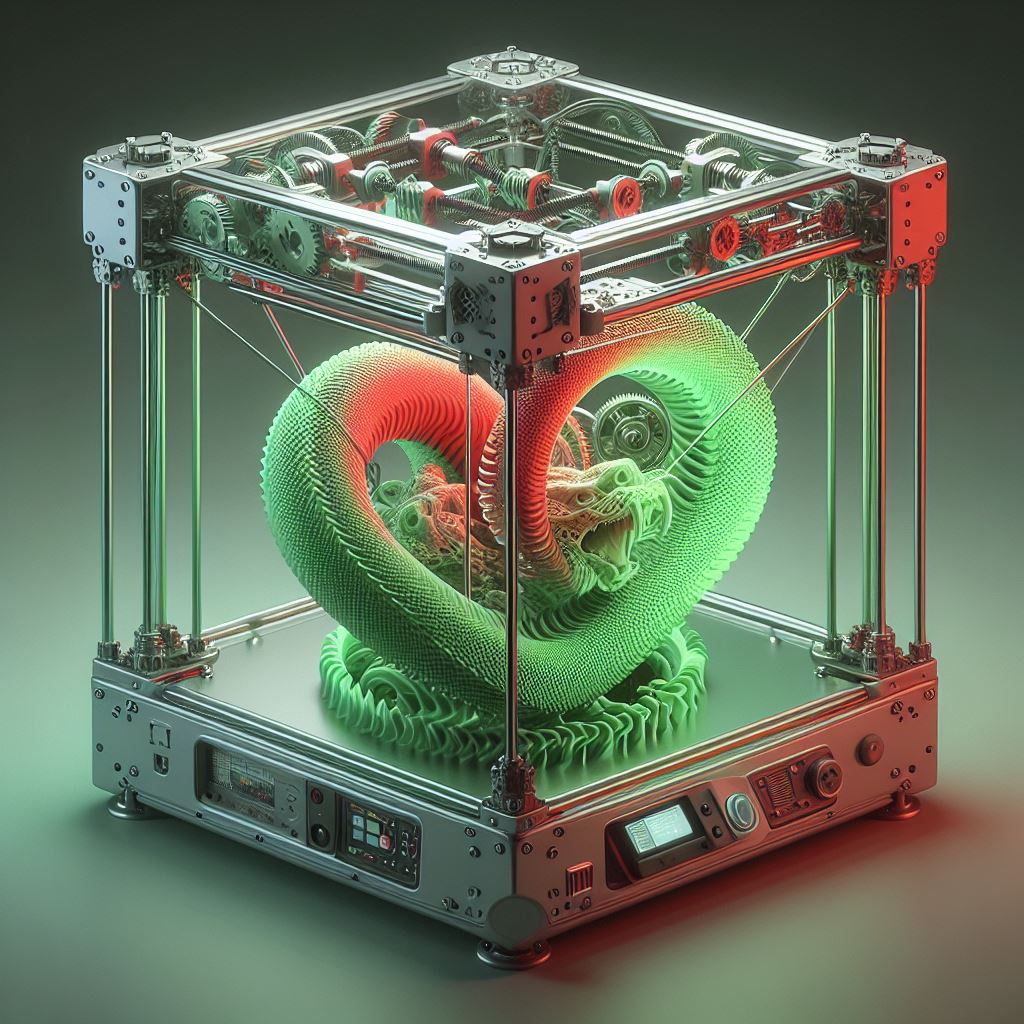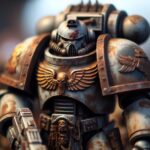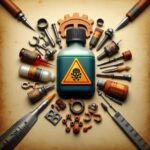How Much Does 3D Printing Warhammer Miniatures and Armies Cost? A Guide For 2024
As an avid Warhammer hobbyist with over 20 years of experience gaming and collecting miniatures, I often get asked – just how affordable is it to 3D print your own models and armies? With professional quality desktop 3D printers now accessible to consumers for a few hundred dollars, many wargamers are intrigued by the prospect of skipping the steep retail costs of buying official Warhammer miniatures and instead printing their own custom models at home.
In this comprehensive guide, I’ll break down the exact materials and operating costs associated with 3D printing miniatures of different sizes using both filament and resin-based printers. You’ll learn real cost examples and calculations so you can determine if investing in a 3D printer to expand your Warhammer collection is practical and cost-effective depending on your needs.
Is 3D Printing Warhammer Miniatures Cheaper Than Buying Them?
The straight answer is yes – on average, 3D printing a Warhammer-compatible miniature costs around $0.20-$0.30 depending on size and materials used. This compares very favorably to buying official Warhammer miniatures which typically retail for $10-$15 per figure.
So if you play Warhammer regularly and want to build a sizable collection, 3D printing can lead to substantial cost savings in the long run by printing miniatures at a fraction of the retail price. The main tradeoff is the initial investment into the 3D printer itself.
However, when you calculate the “break-even” point where the printer pays for itself in savings, you’ll often reach that point after producing only 15-20 miniatures. So for most active hobbyists, a 3D printer earns back its asking price quickly once you factor in the lower costs of printing armies versus buying them.
Below I’ve provided a detailed price comparison on the costs of buying Warhammer vs 3D printing miniatures to help identify the savings opportunities.
Comparing The Costs of Buying Miniatures vs 3D Printing
To analyze whether 3D printing Warhammer miniatures is cheaper, we need to first establish a reasonable baseline on costs:
Typical Costs of Buying Warhammer Miniatures
- Individual hero/leader models: $10 – $15
- Infantry squad sets (10 models): $50
- Large creatures/tanks: $40 – $80
On average, most players spend $8 – $12 per Warhammer model when buying them at retail pricing. Some specialized third party miniatures can sell for even higher.
Now let’s compare that to the typical costs of 3D printing miniatures:
Costs of 3D Printing a 28-32mm Miniature
- FDM Printing: $0.20
- Resin Printing: $0.27
Even on professional grade desktop printers, you can 3D print tabletop quality miniatures for around $0.20 – $0.30 per piece. The above costs factors include raw materials, electricity usage, and normal fail rate allowances.
For context, 28-32mm is the standard gaming scale for Warhammer infantry units. Costs can scale up slightly for larger creatures and battle tanks, but not dramatically.
Verdict: Based on typical retail and printing costs, 3D printing Warhammer miniatures is around 40-60x cheaper per piece than buying pre-assembled and painted Warhammer models. The main tradeoff is having to finish and paint printed models yourself – expect to spend 5-10 hours post-processing a whole unit.
So while 3D printing does take more effort than buying “ready-to-play” armies, you save tremendously on the production costs. For hobbyists who enjoy modeling and painting anyway, it can be well worthwhile.
Breaking Down Filament vs Resin Printing Costs
The two most popular desktop 3D printing technologies suitable for miniatures are FDM (filament) and Resin based printers. Let’s analyze the costs differences:
Filament Printing Cost Breakdown
Printer: $200-$300 for an entry level machine like the Anycubic Kobra Filament: $20 per 1KG spool of PLA filament
Electricity: Negligible, approx $0.05 per hour printing
To print a common 28mm wargaming model requires around 5-7 grams of PLA filament. With filament costs averaging $20 per 1KG:
- 7 grams filament = $0.14
- Electricity approx. $0.04
- Total Cost per Miniature = $0.18
So pure material and energy costs to FDM print average miniatures is only $0.18 cents! Pretty affordable.
The main downside of filament printing is getting decent detailed prints at this scale can take more dialing in. But with some tweaking and care, FDM produces nice tabletop quality for the price.
Resin Printing Cost Breakdown
Printer: $250-$300 for an entry level LCD/LED resin printer like the Anycubic Photon Resin: $25 per 500ml bottle of standard resin Electricity: Negligible, approx $0.10 per hour printing Misc Supplies: $50 for cleaning equipment, PPE, tools etc
Resin printers offer exceptional detail resolution even on small miniatures, perfect for Warhammer fans. A 28mm model uses about 4ml of resin. With resin at $25 per 500ml bottle:
- 4ml Resin = $0.20
- Electricity approx $0.05
- Total Cost per Miniature = $0.25
As expected, resin printing costs slightly more but delivers greater overall print quality.
The main disadvantage of resin printing is the additional equipment and workspace needed to safely clean and prepare prints before use. So factor in an extra $50+ on top of the printer itself for essentials like IPA wash stations, PPE, and curing lamps.
Verdict: For most hobbyists, a resin printer in the $250-300 range offers the best balance of quality and affordability when 3D printing tabletop miniatures like Warhammer armies. Filament printing is another option if seeking to maximize cost savings, but expect to put in more effort post-processing prints to get nice results.
Estimating Total Costs To Print Whole Armies
When assessing the value of 3D printing your armies, it’s essential to estimate total costs at volume. As an example, let’s approximate the costs to print a 2000 point Warhammer army.
For context, 2000 points is about the size of an average competitive army with 40-50 models total. Here’s a rough breakdown of print costs:
- Filament Printer: 40 models at $0.20 per model = $8 in materials
- Resin Printer: 40 models at $0.27 per model = $10.80 in resin
Factoring in power, equipment amortization and such, you could print an entire 2000 point army for around $10 – $15 total depending on technology used.
Compare that to buying a similarly sized pre-made 2000 point army which would retail for $400+ easily. You are looking at 95% cost savings or more printing it yourself.
And if you play Warhammer regularly, these savings really compound as you expand your armies over months and years of playing. Printing just one new unit every month would yield $100s yearly savings over purchasing those unit boxes alone.
Ensuring Your Models Are Table-Legal
An important consideration when 3D modeling your own miniatures is ensuring they meet the size and scaling requirements to be “tournment legal” if you wish to use them competitively.
The good news is with inexpensive digital calipers combined with proper scaling in your modelling software, you can design faithful units that match official base sizes and measurements.
Some quick tips:
- For common infantry, models should fit on 25-32mm round bases
- Measure official GW mini length, width, and heights for reference
- For large creatures, tanks, scale relative to infantry as needed
If exploring this hobby, I highly recommend browsing sites like Yeggi which have a wide variety of pre-made STL models to study for reference. Remixing and modifying existing open-source designs is a great way to get comfortable designing legally sized models suitable for officual Warhammer gameplay.
Optimizing Where Possible to Save Costs
While 3D printing does greatly lower the costs associated with producing armies, you can employ some helpful optimizations strategies to reduce waste and improve efficiency:
1. Print Models Hollow To Save Material
Most slicers allow you to specify shells and infill density. Defaulting to 100% solid models often wastes resin and filament to overextrusion.
Instead, print models hollowed out and just 2-3 outer shells thick. Reduce infill to 10-20% density. Often the surface detail is all that matters for miniatures so no need to waste plastic and resin on the unseen inner cores.
2. Scale Models Down Slightly If Possible
When permitted by gameplay rules, consider printing miniatures 5-10% smaller than official specs, especially large creatures and terrain pieces. A tiny reduction in model size leads to exponential savings by needing far less material. Just ensure to preserve relative scale and size differences between units.
3: Buy Filament in Bulk or When Discounted
PLA plastic for FDM printing frequents sales when bought in 1-5 kilogram spools. Buying larger quantities saves per gram and makes refilling your printer more affordable long-term.
4: Design Quick Printing Supports and Build Plate Layout
How you orient models on the printer bed impacts material used for scaffolding supports during printing. Optimizing layouts to avoid dense supports or overhangs improves efficiency. Many expert users create reusable cylindrical “plug” style supports they slot models onto keeping buildssimplified.
5: Dial In Your Printer Settings and Profile
Experiment with adjusting layer heights, print speeds, temperatures, and other calibration factors to refine quality while minimizing print times. Well tuned printer settings boost productivity while giving great looking miniatures.
Key Takeaways – Is 3D Printing Your Warhammer Army Worth It?
- For hobbyists and war-gamers, investing into an inexpensive FDM or Resin-based 3D printer can yield substantial cost savings long-term by printing your own miniatures at a fraction of retail prices
- Expect ~40-60X cheaper per unit costs 3D printing models compared to buying official Warhammer figures
- With filament printing costing around $0.20 and resin $0.27 per average model, printing armies adds up to major savings especially at higher volumes
- The breakeven point on most desktop printers hovers around 15-20 minis meaning it pays for itself quickly then generates ongoing utility
- Printed miniatures do need proper post-processing, sanding, priming and painting to finish – so expect to spend 5-20 hours handling this part yourself
- With some care taken during modeling and set up, 3D printed models rival official Warhammer figures in tabletop aesthetics and functionality
In closing, I encourage you to use the cost examples and guidelines provided above to calculate precise printing costs tailored your specific army plans and unit choices.
Armed with this intel, you can determine if buying a 3D printer to expand your miniature collections makes sound financial sense based on your existing hobby expenses and future army aspirations.
For me, getting into this rewarding aspect of the Warhammer pastime has complemented the gaming itself – adding modeling, printing and painting new units to my weekly hobby rituals has expanded the fun.
I wish you the best as you explore this opportunity to add a dynamic new dimension to your Warhammer fandom. As always, feel free to contact our friends over at WarhammerUniverse.com through our Youtube channel if you have any other questions.
Happy printing and tabletop battling!
Related Articles
Compare the the best 3D printers for miniatures – we evaluate 15+ options on print quality, resolution, speed, build volume and price considerations.
Get solutions for eliminating stringing issues on your 3D prints using temperature, retraction and cooling tweaks for smooth miniatures.
Learn step-by-step miniature printing guide – from cleanup to priming, painting and finishing techniques for tabletop-ready models.
See how nozzle size impacts print resolution when crafting highly detailed miniatures – weigh size factors from quality to speed.
Get going with 3D printing your own miniatures using beginner instructions for essential software, model prep, post-processing and painting.
Utilize budget-friendly kitbashing techniques for easily customizing Warhammer miniatures from parts across various sources.
Apply key strategies for printing 3d miniatures for dialing in orientation, supports, plate adhesion and more when 3D printing miniatures.
Get recommendations on leading primer paints for prints to maximize adhesion and durability when prepping miniatures for painting.
Learn support placement tips for reducing failures when 3D printing complex miniature geometries with overhangs.

